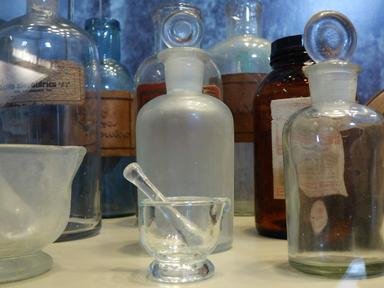
Half-Lives of Isotopes Trivia Quiz
A half-life is the time that it takes for half of a sample of radioactive atoms to decay. Arrange each of these specific isotopes in order from the shortest half-life to the longest.
An ordering quiz
by RedHook13.
Estimated time: 3 mins.
- Home
- »
- Quizzes
- »
- Science Trivia
- »
- Chemistry
- »
- Mixed Elements